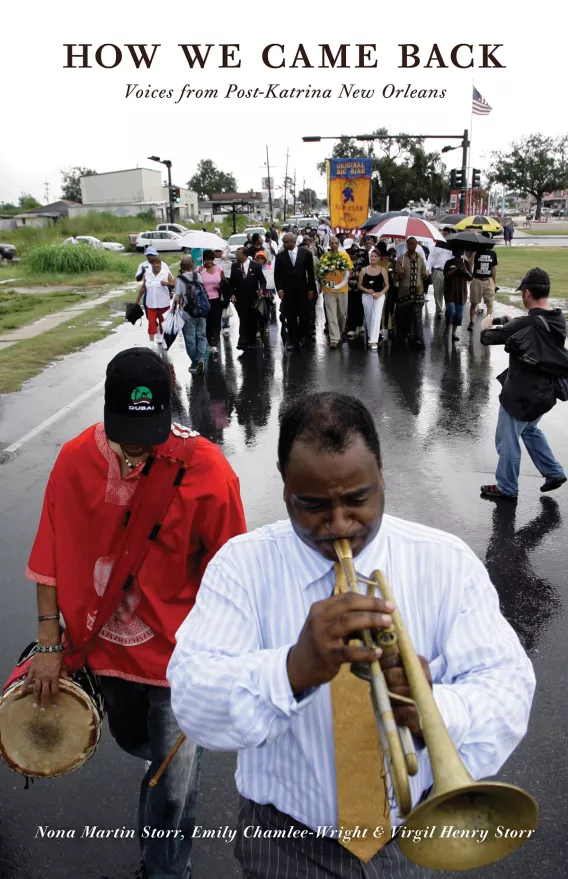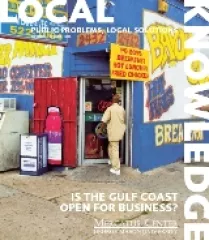- | F. A. Hayek Program F. A. Hayek Program
- | Books Books
- |
How We Came Back
Voices from Post-Katrina New Orleans

Purchase the book from Amazon.
Published by the Mercatus Center at George Mason University in the Advanced Studies in Political Economy series.
On August 29, 2005, Hurricane Katrina made landfall in southeastern Louisiana, displacing half a million people and causing more than $100 billion in damage in the Greater New Orleans region. The nation wondered how the people of New Orleans could recover from a disaster of this magnitude, the costliest in American history. Within a few years of Katrina, hundreds of thousands had returned and were rebuilding their homes. How they have come back is, to say the least, something of a puzzle.
A decade later, this book presents 17 oral histories of Hurricane Katrina survivors from four diverse New Orleans communities. The oral histories explore how these individuals, families, and communities began to rebuild after the devastation. These testimonies show that communities can be surprisingly resilient in the wake of disaster, especially thanks to early and disproportionately large individual efforts.
Why have some communities rebounded quickly while others have lagged behind? Even after accounting for obvious factors, such as degree of damage, median income, and flood insurance, much of the variance remains unexplained. What are the socially embedded resources that communities have drawn on to develop effective recovery strategies? Why, despite the commitment of significant government resources, have many of the official forms of assistance produced disappointing results?
This book explores the answers to these persistent questions, which have dogged social scientists over the past 10 years. Perhaps most importantly, it serves as fitting tribute to the vision, resolve, and industriousness of those who came back.
“How We Came Back is a testament to the resiliency and power of a self-governing citizenry and the trials and tribulations they endure in dealing with the ‘cares of thinking and all the troubles of living,’ as Tocqueville put it. Its stories offer a fascinating window into the self-governing capacity of a people and the truly democratic way of life, even in the aftermath of horrific devastation.”
— Peter J. Boettke
Contents
Introduction: What Stories of Return Can Teach Us
Chapter 1: Ninth Ward
Chapter 2: Central City
Chapter 3: Gentilly Woods, Gentilly Terrace, and Pontchartrain Park
Chapter 4: The Mary Queen of Vietnam Community in Village de l'Est
Conclusion: Stories of Resilience


